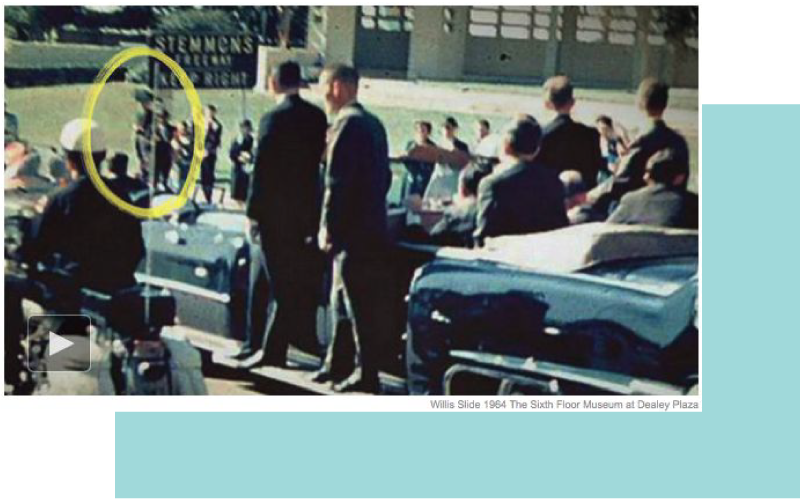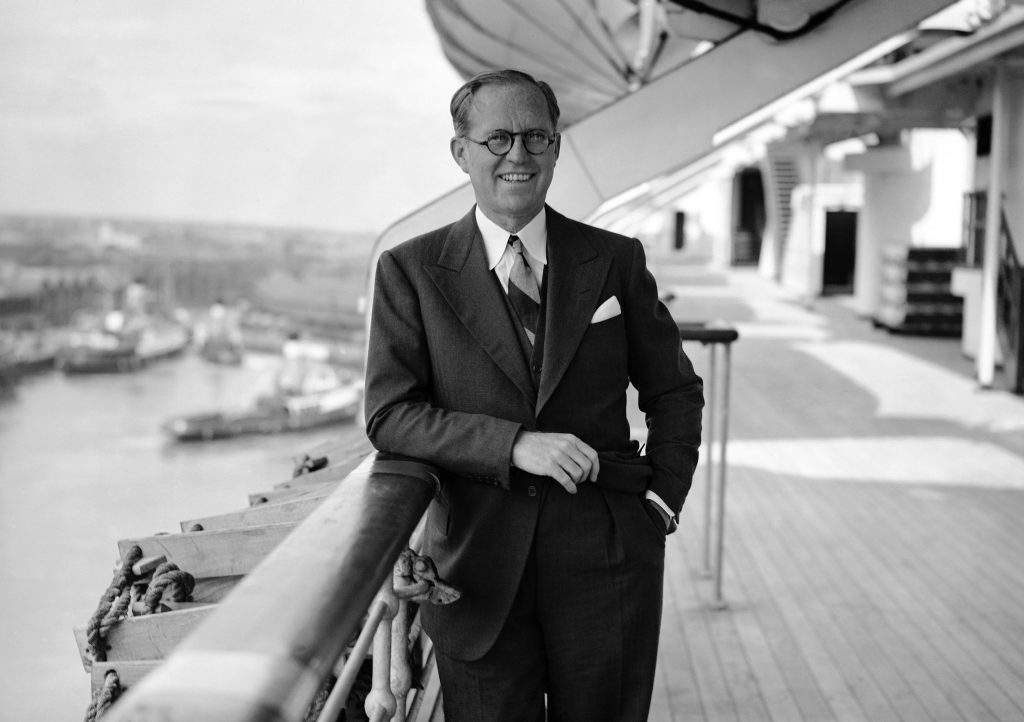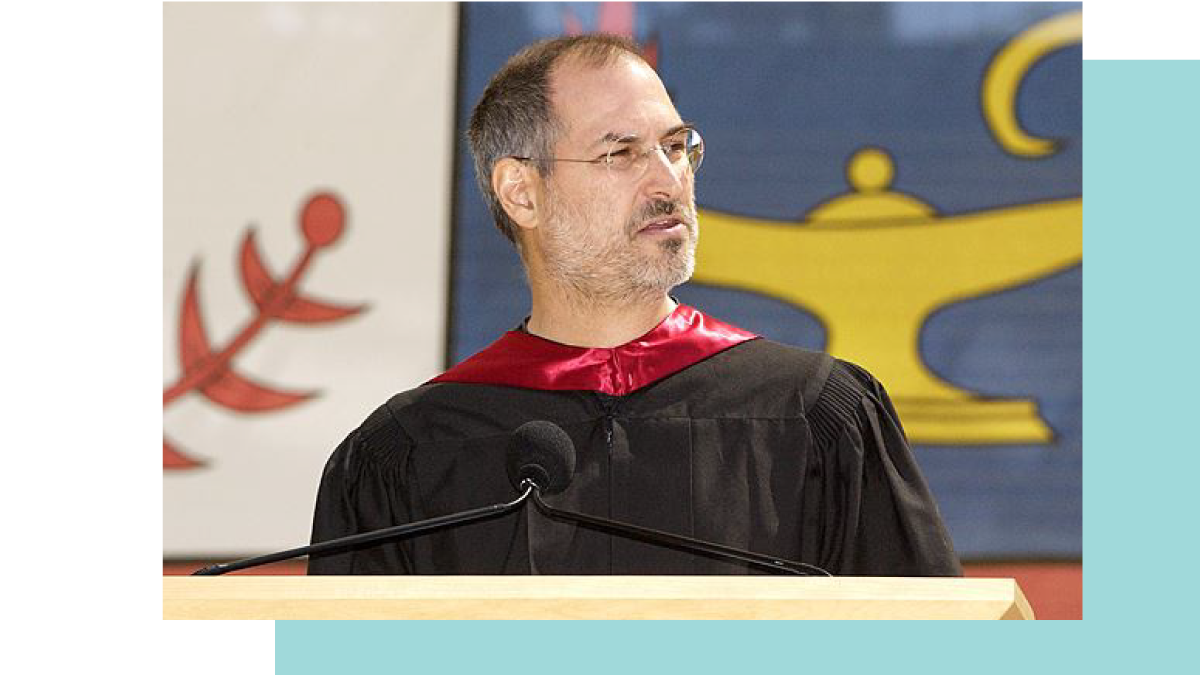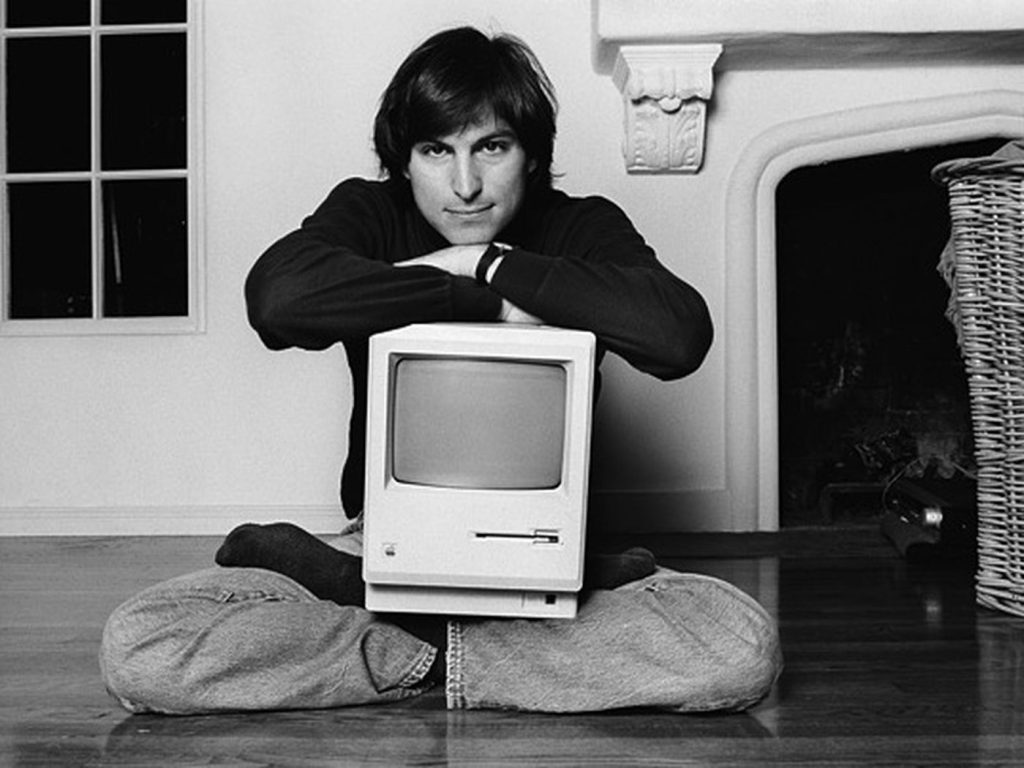
The New York Times put out a short video called The Umbrella Man. In it, the narrator revisits a particular theory that was once considered a possible explanation for the assassination of President Kennedy.

As the presidential motorcade drove down the street, there was a mysterious man in a black suit holding an open umbrella that was captured by a various cameras. At first glance, this man was just an ordinary bystander watching the parade, but upon closer examination, there were peculiarities about him.
- On the day of the assassination, it was hot and sunny, yet this man was the only one holding an open umbrella
- He was by himself
- He was at a similar angle to the trajectory of the bullet
Upon hearing all these facts, people began to conjure wild theories in an attempt to connect the dots. ‘This must be our guy!’
One illustrator even demonstrated the complicated mechanics of an umbrella gun that the man must have used. After all, what other possible scenario would explain all the bizarre behaviour?
One day, the umbrella man was asked to come forward and explain himself—and he did. With umbrella in tow, he testified in front of the House Select Committee on Assassinations in Washington DC. When asked why he was holding an umbrella, he simply stated that it was a visual protest to Joseph P. Kennedy’s Appeasement Policies when he was ambassador to St. James in 1938-39.

As it turned out, the umbrella was a reference to Neville Chamberlain—Prime Minister of the United Kingdom from 1937 to 1940.
Now, who in their wildest dreams would have made that connection!?
I hadn’t really thought too much about this video until I recently watched Steve Jobs’ 2005 Stanford Commencement Address.

Jobs stated that he had dropped out of Reid College after six months, but remained on campus taking random courses. One particular course that piqued his interest was on calligraphy. He was enamoured by the beautiful typography, which at the time he could not conceive of a possible use for such information. Many years later; however, when he designed the Mac, the information came flooding back.

Jobs explained how taking that class many years ago inspired him to include multiple type faces in the Mac.
“If I had never dropped in on that single course in college, the Mac would never have multiple type faces or proportionally spaced fonts. And since Windows just copied the Mac, it’s likely that no personal computer would have them.”
Much like the umbrella man, it may be impossible to connect the dots looking forward in your life, you can only connect them looking backwards.

As Steve Jobs stated, “you have to trust that the dots will somehow connect in your future. You have to trust in something—your gut, destiny, life, karma, whatever. Because believing that the dots will connect down the road will give you the confidence to follow your heart…”
In my book, Destiny & Free Will, I look at examples like these—seemingly insignificant moments in our lives such as a faulty alarm clock, a misplaced set of keys, dropping out of college—each one could turn out to be a catalyst for a new and improved life.
While it’s good to have a plan, it’s also important to trust in the process and flow where the current takes you.
